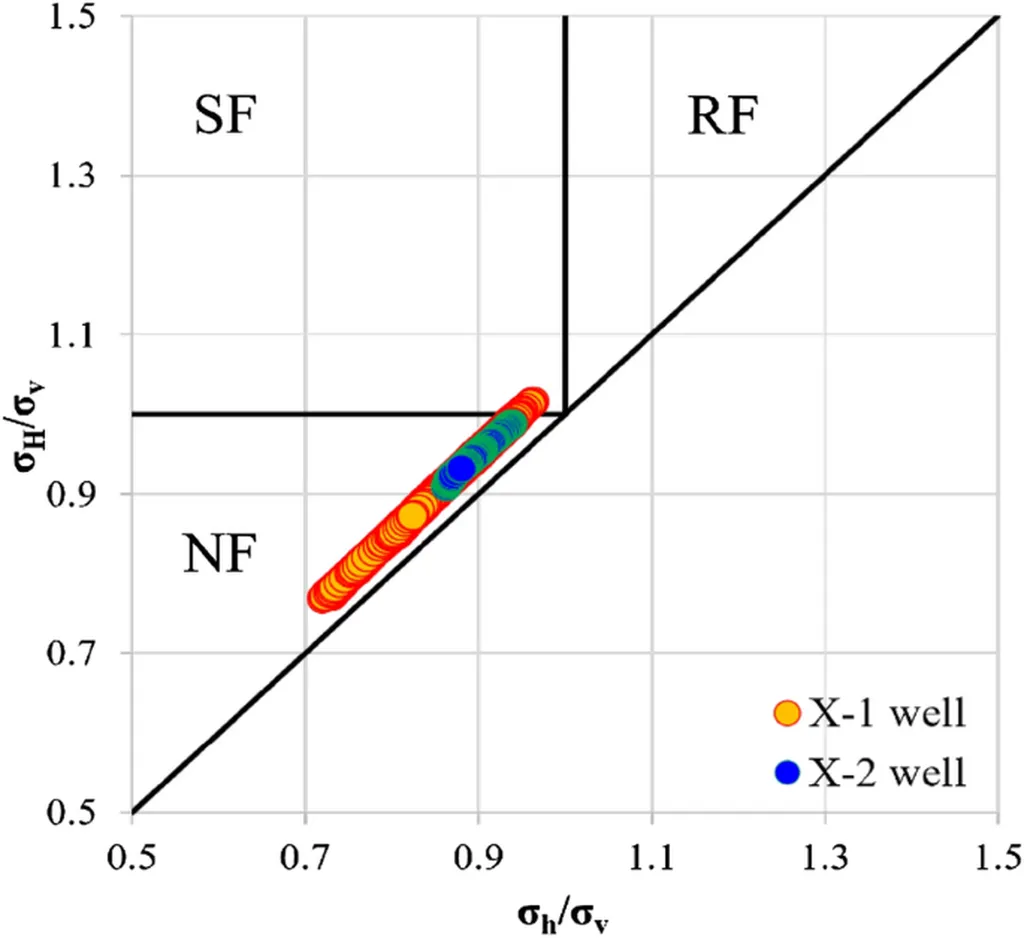In the relentless pursuit of efficiency and quality in rail manufacturing, a groundbreaking study has emerged that could reshape the way heavy rails are produced. Published in the esteemed journal ‘Teshugang’ (which translates to ‘Iron and Steel’), the research led by Chen Lin delves into the intricate world of finite element simulation and optimization, offering a glimpse into the future of rail production.
The study focuses on the blooming and rolling process of U75V steel heavy rail, a critical component in the energy sector’s infrastructure. Using ANSYS/LS-DYNA software, Chen Lin and his team conducted numerical simulations to optimize the C pass of the knifing pass, a crucial step in the rail manufacturing process. The results are nothing short of impressive. By optimizing the pass, the equivalent stress of the heavy rail during rolling decreases significantly. The fluctuation range of stress for the original pass was a considerable 9~44 MPa, but with the optimized pass, this range was reduced to a mere 8~30 MPa. Moreover, the middle axle vertical maximum stress decreased from 41.4 MPa to 21.1 MPa, a testament to the effectiveness of the optimization.
“This optimization not only improves the quality of the heavy rail but also enhances the efficiency of the rolling process,” Chen Lin explained. “The reduced stress fluctuation ensures a more uniform and consistent product, which is crucial for the energy sector where reliability and durability are paramount.”
The implications of this research are vast. In an industry where even the slightest improvement in efficiency can lead to significant cost savings, this optimization could revolutionize the way heavy rails are produced. The energy sector, which relies heavily on robust and reliable rail infrastructure, stands to benefit immensely from this advancement.
As we look to the future, the potential for further developments in this field is immense. The use of finite element simulation and optimization techniques could pave the way for even more efficient and cost-effective manufacturing processes. Chen Lin’s research, published in ‘Teshugang’, is a significant step forward, offering a glimpse into a future where technology and innovation drive progress in the rail manufacturing industry.
In an era where the energy sector is constantly evolving, this research could be a game-changer, ensuring that the infrastructure keeps pace with the demands of a rapidly changing world. The journey towards a more efficient and reliable rail manufacturing process has begun, and Chen Lin’s work is at the forefront of this exciting development.

